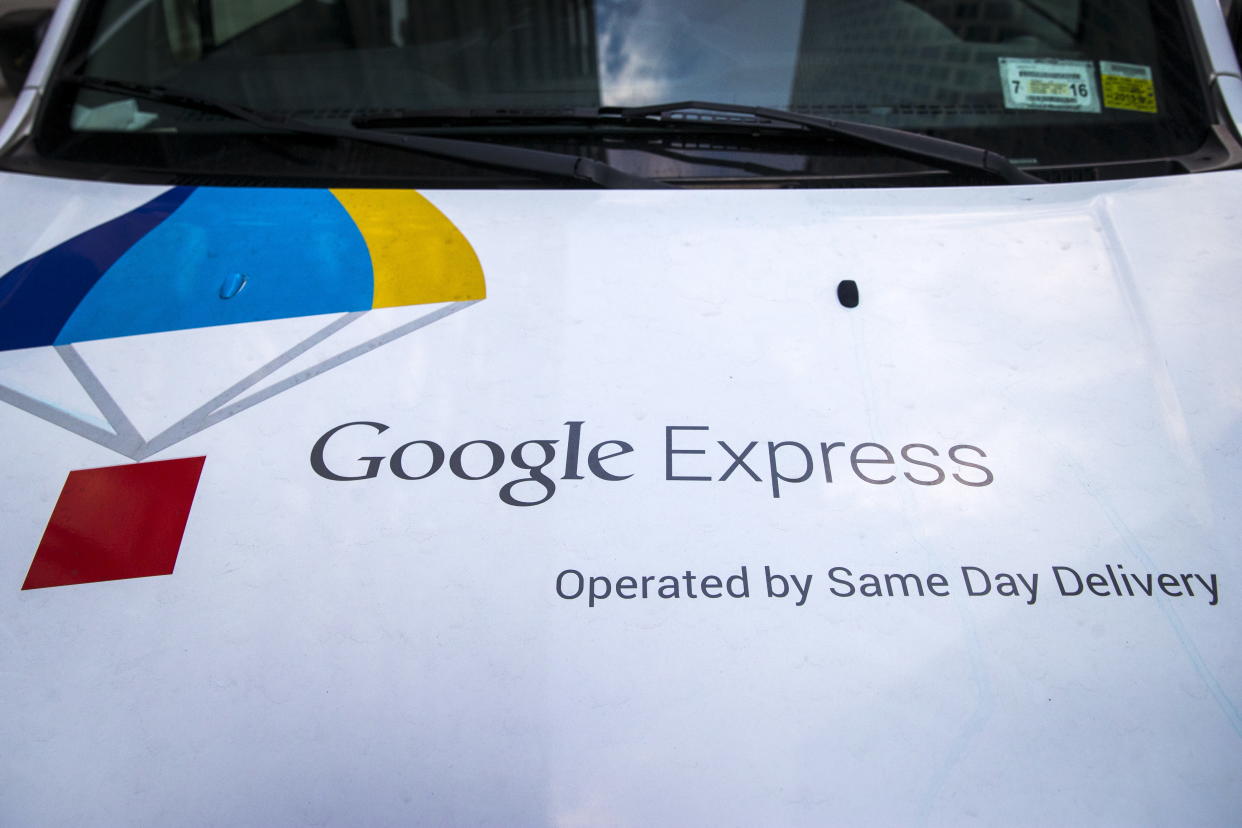How Google is revamping its e-commerce business with JD.com’s help

Google (GOOG, GOOGL) is doubling down on its e-commerce efforts with the help of JD.com (JD), the Chinese retail giant it invested $550 million, in June 2018.
Last month, Google relaunched a shopping homepage to consolidate its e-commerce efforts in the U.S., and now it’s speeding up its plan to lure more Chinese sellers. JD.com, while expanding its own offerings on Google, will help recruit Chinese sellers and provide technical support to make it easier for them to sell to U.S. consumers through Google, according to people familiar with the plan.
This is part of Google’s broad effort of seller acquisition as the tech giant looks to increase selections on its online marketplace. The move can enable consumers to purchase items on Google rather than having to go to third-party sites to buy items after they search for products.
Google's renewed e-commerce push comes after its previous efforts only received a lukewarm market response. Amazon (AMZN), which dominates the online market in the U.S. with one-third of the sales, is also eating into Google’s search and advertising business. A May 2018 survey from Adeptmind shows 46.7% of U.S. internet users started product searches on Amazon compared with 34.6% who went to Google first.
Currently, Google Shopping hosts 2,000 stores, including big chains like Costco and Target, according to e-commerce research firm Marketplace Pulse. Chinese sellers can open a store using Google Shopping Actions like other retail chains, or they can sell in partnership with JD.com.
More cautious than Amazon

While recruiting Chinese sellers, Google has taken a cautious approach by putting more requirements in place than other marketplaces like Amazon and Wish. Google requires Chinese merchants to be an U.S.-registered entity or at least capable of shipping products from within the U.S. to ensure reasonable delivery time, since it could take two to three weeks if a product is drop-shipped from China. JD.com and other Google partners are actively inviting Chinese sellers and vetting them in the application process. Sellers submit the materials to Google for review and a final decision is made. Google is actively looking for sellers in the health, home and garden categories, according to people familiar with the plan.
“It's probably a much better approach to have a Chinese company to deal with Chinese sellers,” said Juozas Kaziukėnas, founder of Marketplace Pulse.“Obviously JD has much more experience in this. They have existing local relationships. They have an existing local experience.”
Chinese sellers have been playing an increasingly active role in U.S. online marketplaces. Among the top 10,000 Amazon sellers in the U.S., who sell at least $1 million or more, at least 40% of them are based in China, according to Marketplace Pulse. Many Chinese sellers use Amazon logistics services, Fulfillment by Amazon, when they don’t have a local presence in the U.S., but it’s unlikely Google will make investments in logistics.
For Chinese sellers, it’s not very easy to sell on Google right now, since the shopping portal is blocked in China. JD.com is likely to host a shopping portal on its servers in the future to make it easier for Chinese sellers to access. For those who don’t have the capacity to sell on Google directly, they can join JD.com’s own store and leverage JD fulfillment services and warehouse in the U.S.
Google would not confirm the details of its partnership with JD.com. Last year, the two companies said the goal of the deal was to offer “helpful, personalized and frictionless shopping experiences.” JD.com, which started to sell on Google under the Joybuy name earlier this year, also declined to comment.
Krystal Hu covers technology and China for Yahoo Finance. Follow her on Twitter.
Read more:


